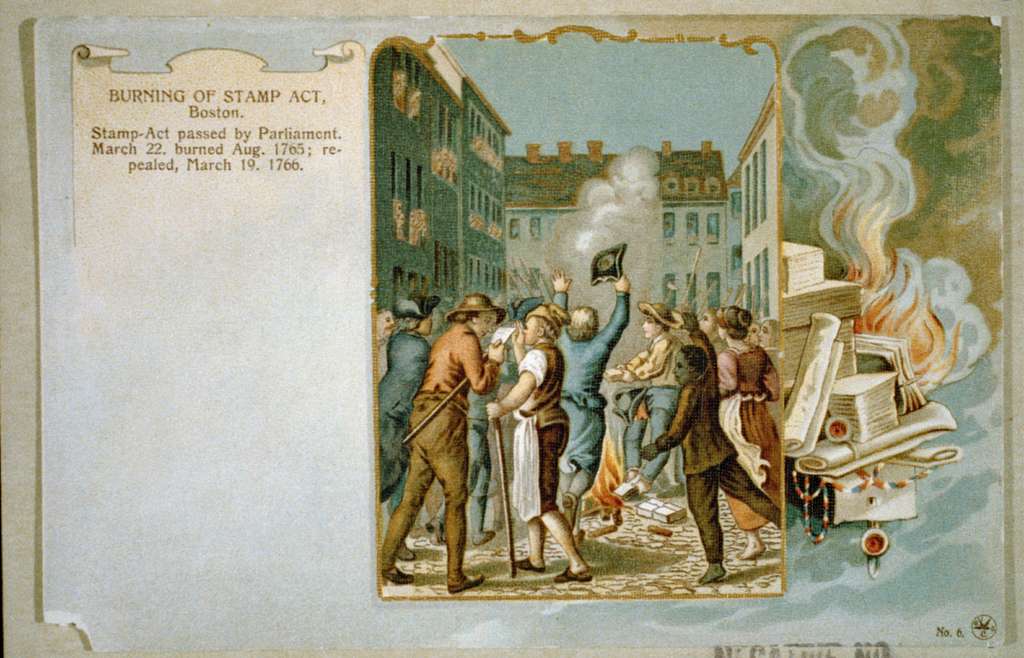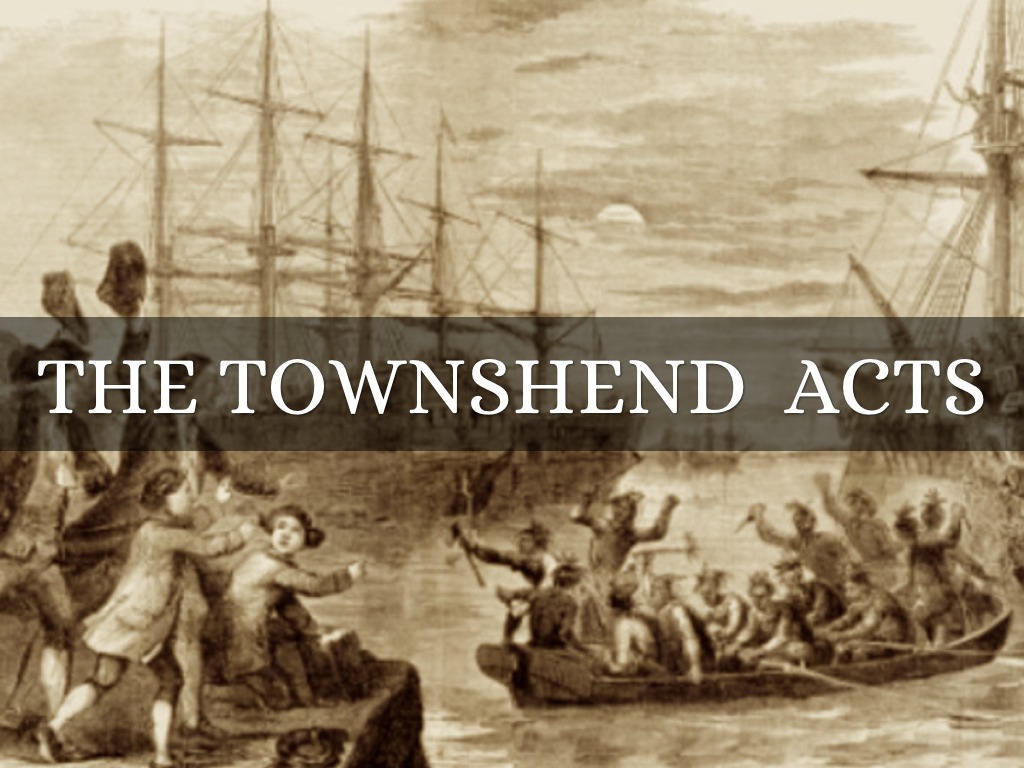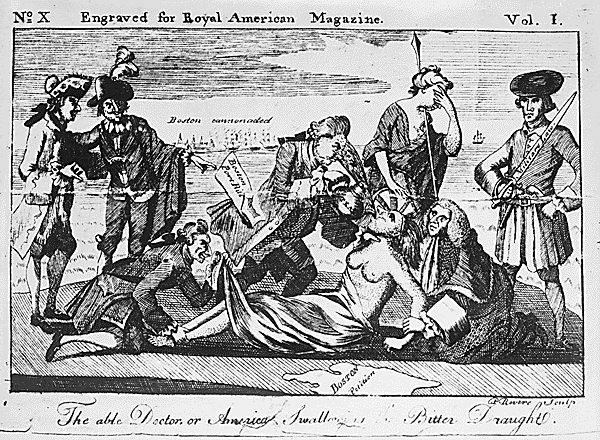The Stamp Act
March 1765

The Stamp Act of 1765 was the principal inside charge exacted straightforwardly on American pioneers by the British Parliament. The demonstration, which forced an expense on all paper reports in the states, came when the British Empire was somewhere down paying off debtors from the Seven Years' War (1756-63) and hoping to its North American settlements as an income source.
Contending that main their own delegate congregations could burden them, the settlers demanded that the demonstration was illegal, and they depended on crowd brutality to scare stamp authorities into leaving. Parliament passed the Stamp Act on March 22, 1765 and canceled it in 1766, yet gave a Declaratory Act simultaneously to reaffirm its power to pass any provincial regulation it saw fit. The issues of tax collection and portrayal raised by the Stamp Act stressed relations with the settlements to the point that, after 10 years, the pioneers rose in equipped defiance to the British.
The Townshend Acts
June-July 1767

The Townshend Acts were a progression of measures, passed by the British Parliament in 1767, that burdened merchandise imported to the American provinces. However, American pilgrims, who had no portrayal in Parliament, considered the Acts to be a maltreatment of force. The British sent troops to America to uphold the disagreeable new regulations, further uplifting pressures between Great Britain and the American provinces in the approach the American Revolutionary War.
The British Crown arose triumphant from the French and Indian War in 1763, yet safeguarding the North American settlements from French extension had demonstrated immensely expensive to England.Contrasted with Great Britain's obligations, the expense of the French and Indian War to the settlers had been slight. The pilgrims — who seemingly partook in a better quality of living at the time than their British partners paid short of what one-20th the assessments of British residents living in England.
The British government figured the pioneers ought to assist with paying the expense of their insurance. The British Parliament authorized a progression of duties on the settlements to raise income. Early endeavors, for example, the Stamp Act of 1765 — which burdened pilgrims for each piece of paper they utilized — were met with broad fights in America.
The Boston Massacre
March 1770
The evening of March 5, 1770, the roads of Boston, Massachusetts were covered with snow and strain was thick between irate homesteaders and the British fighters who involved their town. As British Private Hugh White stood watch close to the Custom House on King Street around 8 o'clock, he was drawn nearer by a little gathering of baffled youthful male pilgrims.
Reports change as to the exact thing occurred straightaway, however affronts and insults were traded, and an actual showdown resulted. Church chimes rang out and exasperated pilgrims overwhelmed the roads.Then, at that point, somebody pelted White with a snowball. More snowballs, ice and clam shells before long followed. As the savagery and dangers heightened, White got back to for up. Was the snowball the genuine "shot heard round the world" that began the American Revolution?
The Boston Tea Party
December 1773
The Boston Tea Party was a political dissent that happened on December 16, 1773, at Griffin's Wharf in Boston, Massachusetts. American pilgrims, baffled and irate at Britain for forcing "tax imposition without any political benefit," unloaded 342 chests of tea, imported by the British East India Company into the harbor. The occasion was the principal significant demonstration of resistance to British rule over the homesteaders. It showed Great Britain that Americans wouldn't bring tax collection and oppression plunking down, and revitalized American nationalists across the 13 states to battle for autonomy.
At nignt, a huge gathering of numerous men supposedly individuals from the Sons of Liberty camouflaged themselves in Native American attire, boarded the moored delivers and tossed 342 chests of tea into the water Nobody was harmed, and beside the annihilation of the tea and a lock, no property was harmed or plundered during the Boston Tea Party. The members supposedly tidied the boats' decks up before they left.However drove by Samuel Adams and his Sons of Liberty and coordinated by John Hancock, the names of a significant number of those associated with the Boston Tea Party stay obscure. On account of their Native American ensembles, only one of the casual get-together offenders, Francis Akeley, was captured and detained.
The Coercive Acts
March-June 1774

Because of the Boston Tea Party, the British government concluded that it needed to tame the defiant homesteaders in Massachusetts. In the spring of 1774, Parliament passed a progression of regulations, the Coercive Acts, which shut Boston Harbor until compensation was paid for the annihilated tea, supplanted the state's chosen committee with one named by the British, gave clearing powers to the British military lead representative General Thomas Gage, and disallowed town gatherings without endorsement.
One more arrangement safeguarded British pioneer authorities who were accused of capital offenses from being attempted in Massachusetts, rather expecting that they be shipped off another settlement or back to Great Britain for preliminary.Be that as it may, maybe the most provocative arrangement was the Quartering Act, which permitted British military authorities to request facilities for their soldiers in empty houses and structures in towns, instead of remaining out in the open country. While it didn't compel the pioneers to board troops in their own homes, they needed to pay for the cost of lodging and taking care of the officers. The quartering of troops ultimately became one of the complaints refered to in the Declaration of Independence.